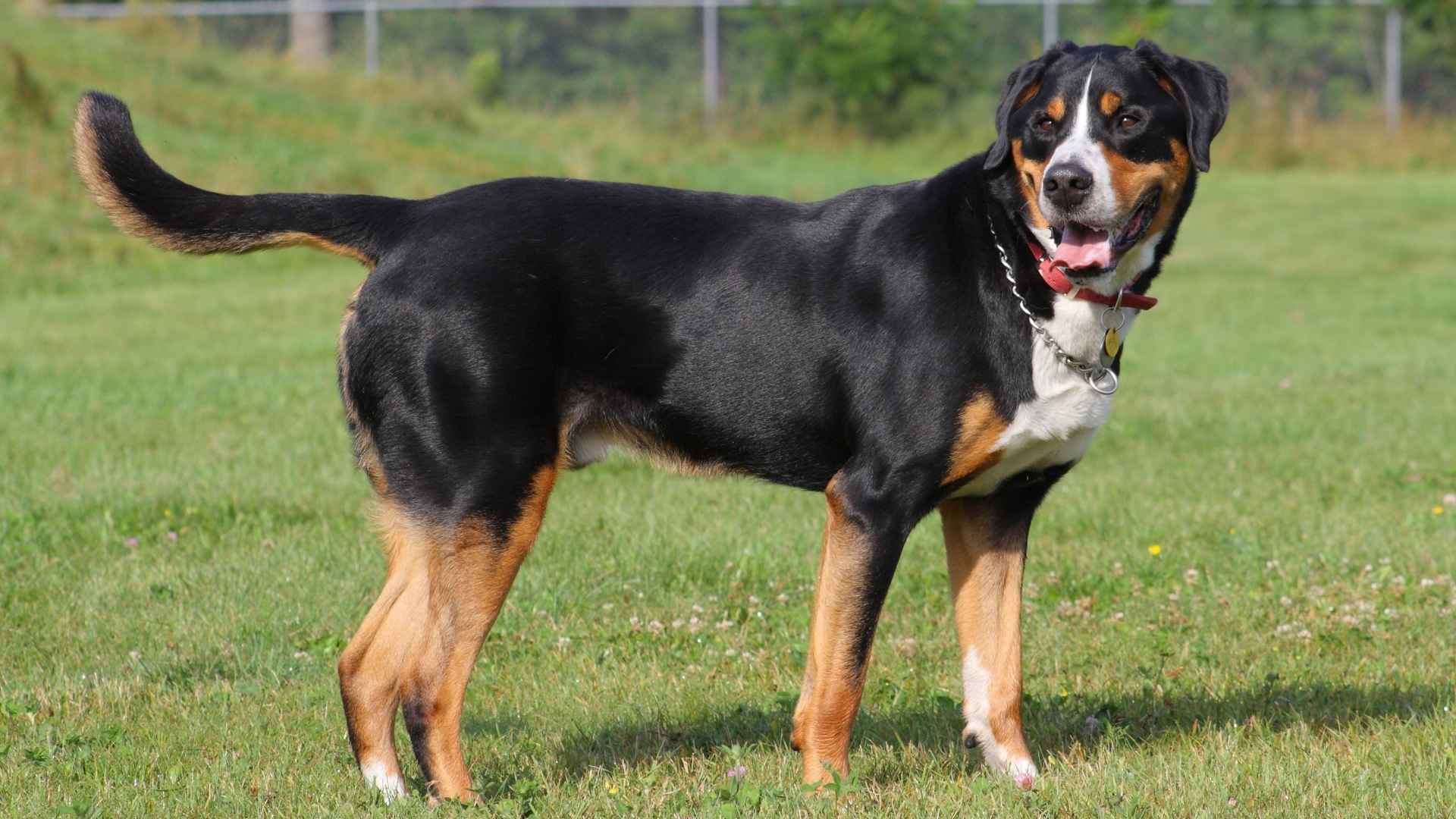Switzerland is known for its snowy mountains, peaceful villages, and delicious chocolate. But did you know it’s also home to some of the world’s most unique dogs?
These Swiss dog breeds are more than just pets—they’re workers, guardians, and lifelong friends. They’ve pulled carts, saved lives, and stayed loyal through every kind of weather. Some are huge and strong. Others are gentle and calm. All of them carry the heart of the Alps.
If you love dogs that are brave, beautiful, and full of character, you’re about to discover your next favorite. Swiss dogs aren’t just breeds—they’re legends. And most people don’t even know half of them exist. So, let’s start!
Swiss Dog Breeds
1. Swiss Hound
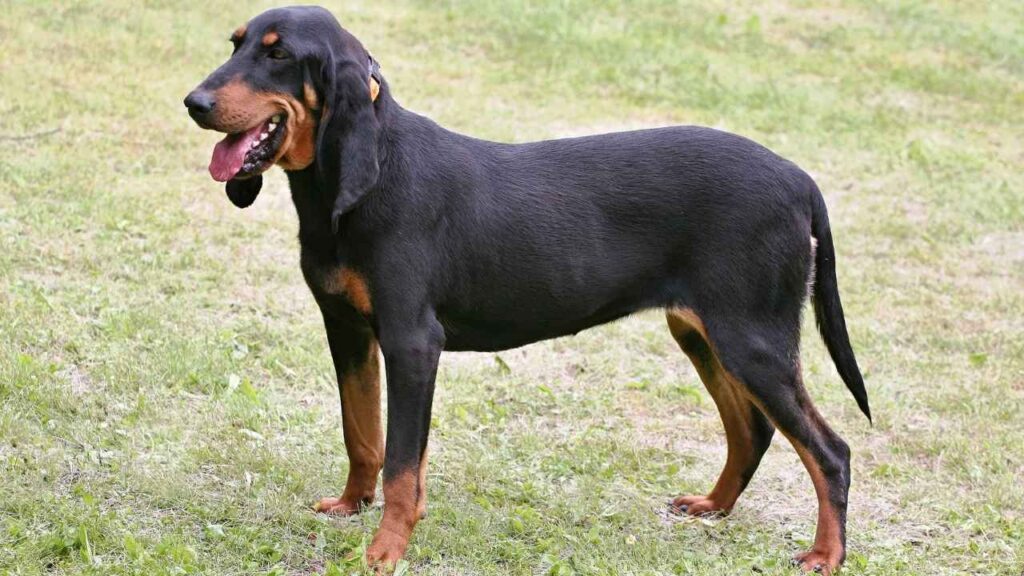
The Swiss Hound is a scent hound through and through — bred for the mountains, and built to track game over rugged terrain with quiet confidence.
Their lean frame, long ears, and strong nose aren’t just charming features; they’re working tools honed by generations of purpose, as per Royal Canin. Don’t expect barking fits — these dogs are focused hunters known for their measured behavior.
Not just a nose — they’ve got heart
Swiss Hounds form genuine bonds with their families. They’re deeply affectionate, but it’s the quiet kind. You’ll often find them curled at your feet rather than demanding attention.
Their loyalty is steady, not flashy, making them dependable companions for those who appreciate calm presence over constant energy.
Sociable without being clingy
Though originally bred for work, they transition well into home life. They tend to get along well with other dogs, especially when introduced properly and given early socialization.
They’re also considered naturally friendly dogs, particularly with familiar people. Still, a bit of patience goes a long way when they meet someone new — they warm up on their terms.
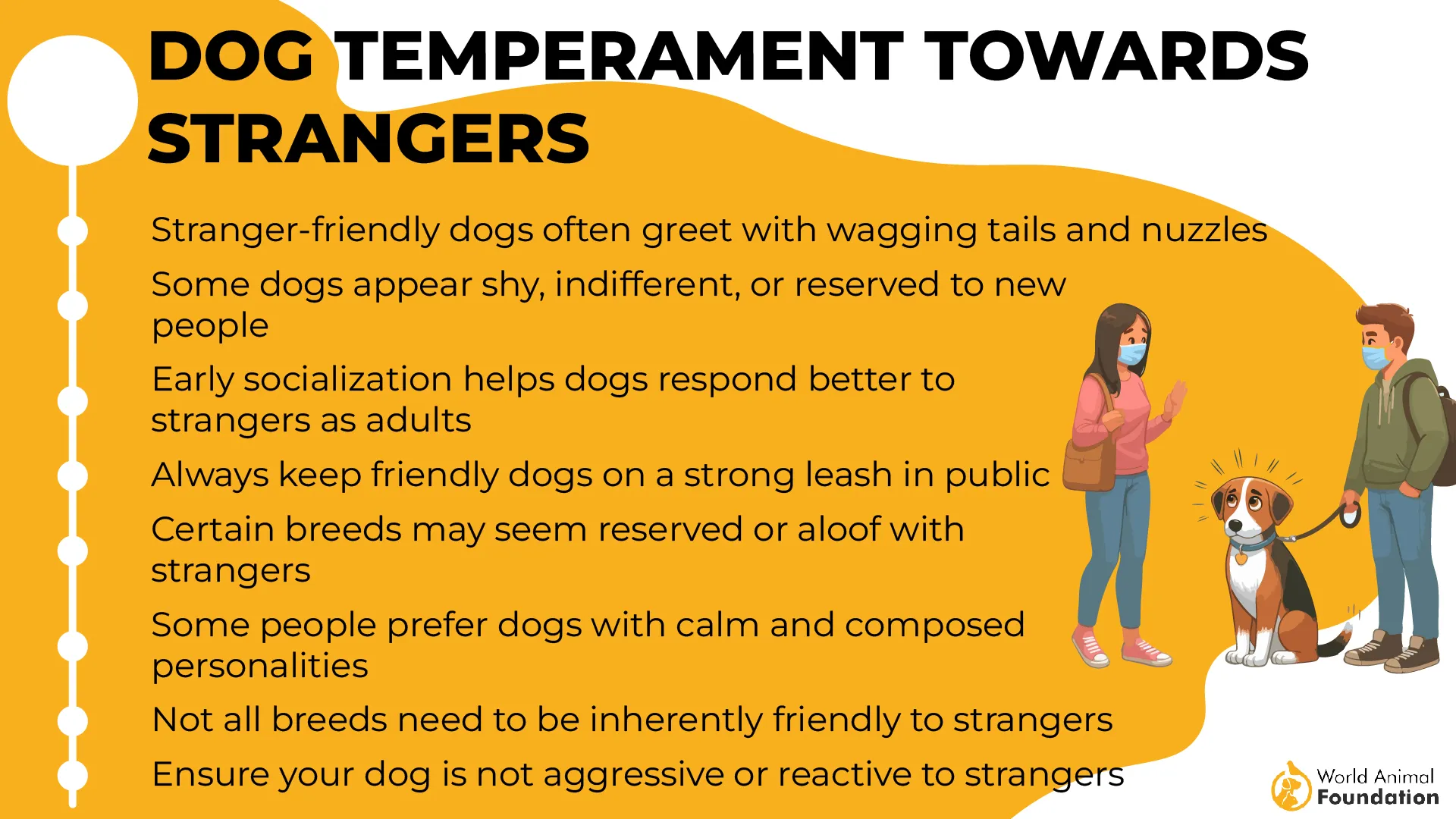
Best in active households
This isn’t a breed for couch-only living. They thrive when they have purpose — whether that’s hiking, scent games, or simply long daily walks. A tired Swiss Hound is a happy, balanced one.
2. Small Swiss Hound
Despite the name, there’s nothing “lesser” about the Small Swiss Hound. This breed was developed to track game through dense forests and steep slopes, where a larger hound might struggle.
Their compact body and powerful legs give them exceptional agility, which is exactly what hunters need for navigating tight, uneven terrain.
Tailored for solo work
Small Swiss Hounds were often expected to track independently. This gave rise to a breed that’s intelligent, focused, and quick to make decisions without waiting for commands. They’re active but not hyperactive, and they do have a quiet intensity that shows up when they’re working or exploring scents.
Emotionally balanced and steady
They’re not overly demonstrative, but they do bond closely with their owners. Rather than jumping all over you, they show affection in subtler ways — staying close, following you room to room, or resting their head on your lap after a walk. Their temperament is steady, and they tend to be more sensitive than stubborn.
Thrives with structure and purpose
The Small Swiss Hound is happiest with a routine that includes mental stimulation — sniffing trails, puzzle toys, or recall games. While they can adapt to domestic life, they’re not meant for idle living. This is a dog that wants to do something — and do it well.
3. Greater Swiss Mountain Dog
This is one of Switzerland’s oldest working breeds — developed to haul carts, drive cattle, and serve as a guard. Weighing up to 140 pounds, the Greater Swiss Mountain Dog carries its size with surprising balance. Its double coat, tricolor markings, and broad chest give it a distinct presence — functional and unmistakably Swiss.
Strong on the outside, soft at heart
Despite their imposing build, these dogs are known for being gentle, especially with children and familiar faces. They don’t overwhelm with energy, but they do enjoy being near their humans.
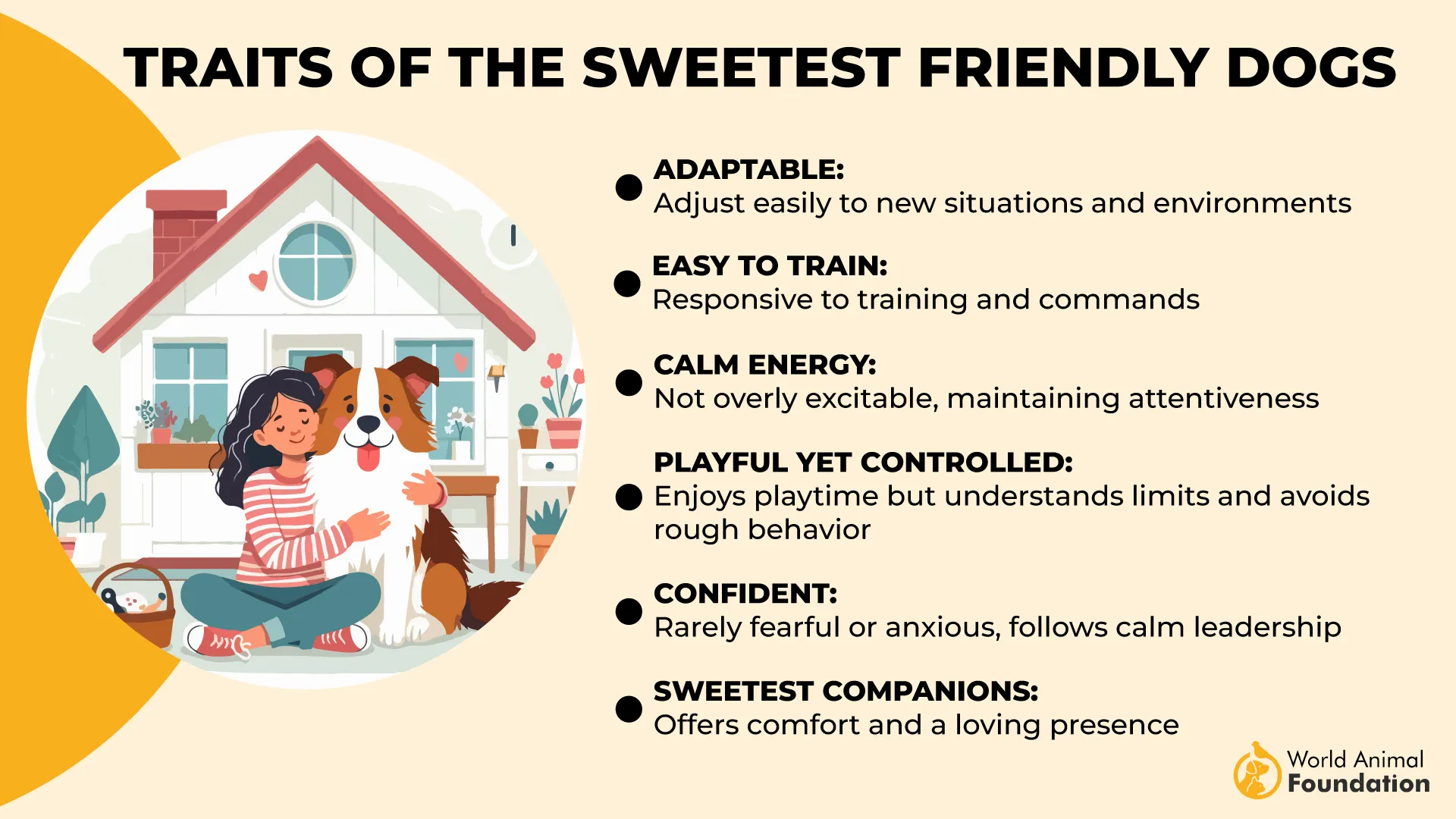
They’re not clingy, but always within eyesight — steady, watchful, and subtly affectionate in the way they lean into you without a sound.
A temperament that earns trust
These are famously good-natured dogs. Their even temper and patience make them reliable around family, guests, and other animals when raised with proper structure. They’re not pushovers, but they also don’t react impulsively — they pause, observe, and respond with measured confidence.
A national icon for a reason
Among working dogs, the Greater Swiss Mountain Dog holds a famous reputation in its homeland for its durability and loyalty. It’s not a high-maintenance breed emotionally — just one that needs space, routine, and a job to feel content.
4. Saint Bernard
Long before modern rescue teams, monks at the Great St. Bernard Hospice in the Swiss Alps relied on these dogs to locate travelers lost in deep snow.
Their broad chests, powerful frames, and heightened sense of smell weren’t just impressive — they were life-saving. The breed’s instinct to stay close to people in distress wasn’t trained; it was bred into them.
Massive frame, steady temperament
Weighing between 140–180 pounds, the Saint Bernard is undeniably massive, but their size is matched by their calm nature. These dogs aren’t easily rattled. They take their time responding, walk with intention, and rarely act without a reason. That’s part of what made them so dependable in avalanche zones.
Emotionally tuned in
This breed has an uncanny sense of human emotion. It’s not unusual for them to quietly approach when someone’s upset and sit close without being asked. They don’t need constant attention, but they thrive on being included in whatever’s happening, especially when it involves quiet companionship.
More versatile than most realize
Though known for rescue, early Saint Bernards were also used to herd cattle in the surrounding mountain regions. Their endurance and adaptability made them ideal for all kinds of alpine work, whether it meant braving blizzards or calmly guiding livestock to safety.
5. Bernese Mountain Dog
The Bernese Mountain Dog was never just a pretty coat — it was bred to work. In Switzerland, these dogs pulled carts, guarded farms, and stood by farmers through long, bitter winters, as Showsight Magazine highlighted.
Their thick, weather-resistant coat wasn’t just for show — it was essential insulation for outdoor tasks in unpredictable Alpine conditions.
Steady worker, even steadier companion
This breed is known for its calm disposition when navigating chaos. Whether steering livestock or following commands with quiet attentiveness, the Bernese has always been a dog of patience.
They don’t react quickly or loudly — they observe first, then move with deliberate calm, which made them ideal for high-pressure work environments.
Emotionally open, but never clingy
Though large and powerful, this dog is naturally sensitive. They read body language well and respond to tone more than volume. Bernese dogs don’t demand attention, but they do seek connection.
They’re the type to follow their owner across the room, not out of neediness, but simply because that’s where they’re supposed to be.
Best in homes where structure meets affection
They thrive on consistency: same feeding time, same walking route, same familiar faces. It’s not just about obedience — it’s about emotional safety. A Bernese that feels secure will give back tenfold in loyalty, work ethic, and quiet companionship.
6. Entlebucher Mountain Dog
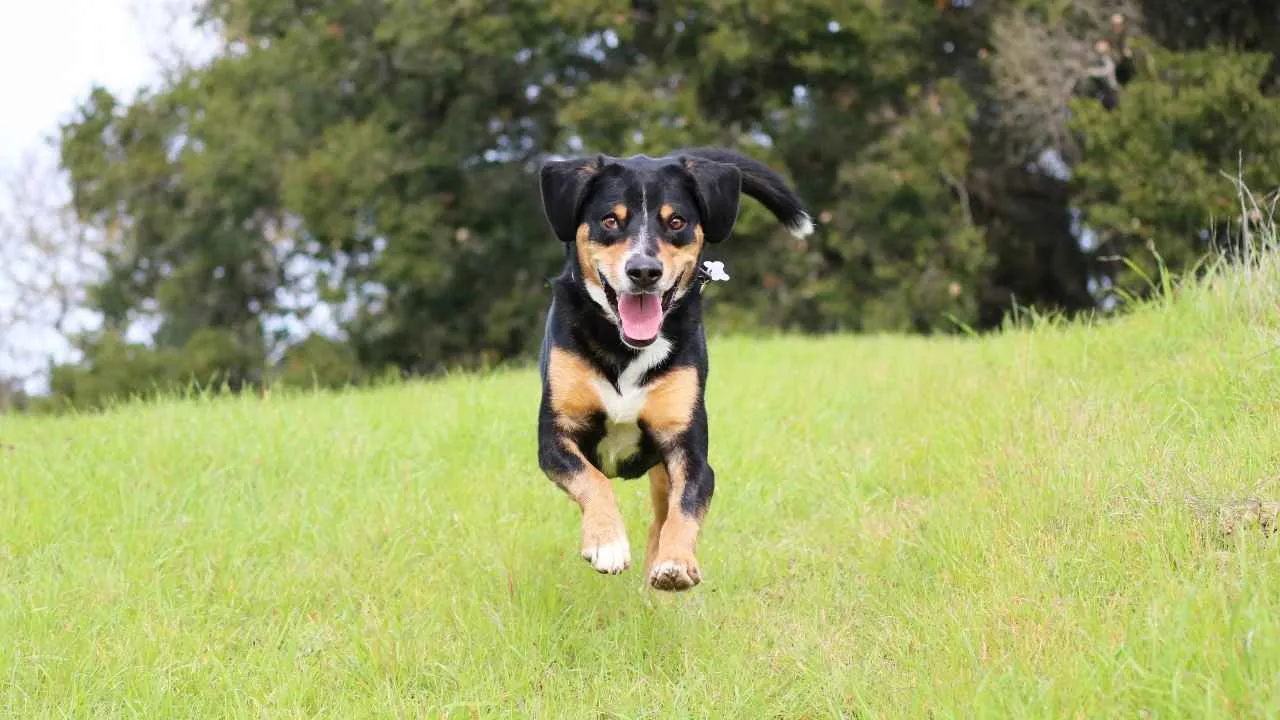
Often mistaken for a compact version of its mountain cousins, the Entlebucher is actually a distinct breed with its own origin in the Entlebuch valley.
This dog was built for agility on rough terrain — quick on the turn, low to the ground, and able to drive cattle across rocky pastures with sharp instincts and unshakable focus.
Hardworking, intense, and sharp-minded
Unlike the gentler giants of the Swiss Alps, the Entlebucher is high-energy and task-driven, as per its breed profile by AKC.
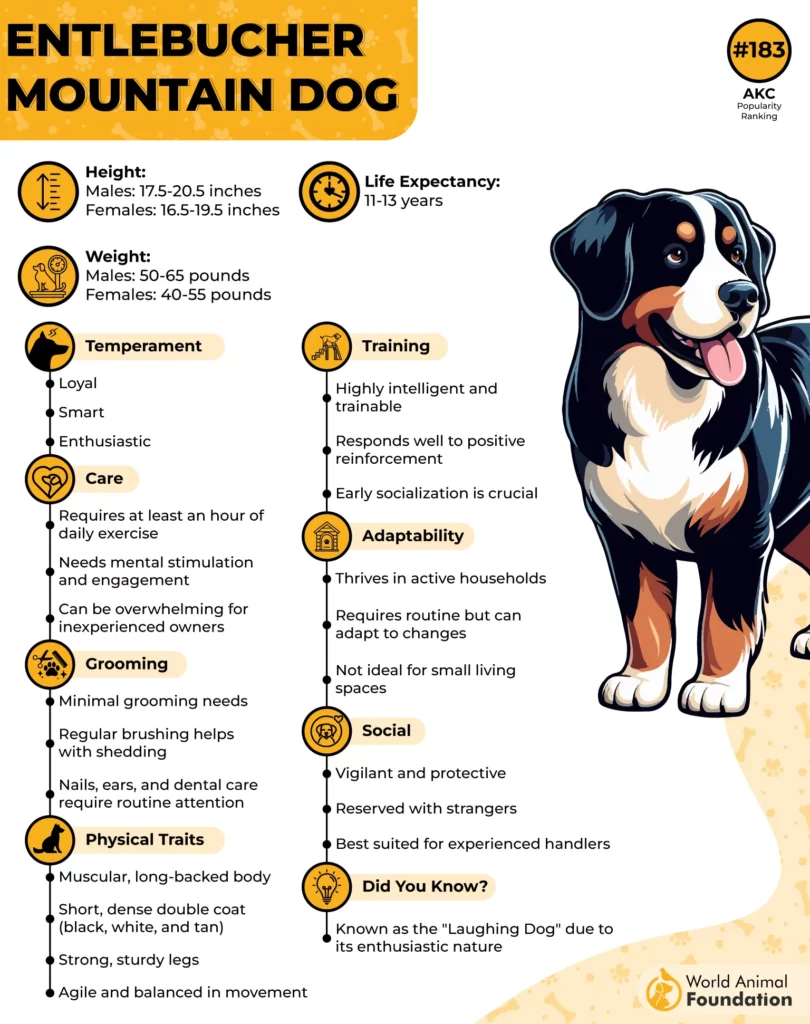
They require mental engagement — obstacle courses, advanced commands, or just structured play. Their agile body and sharp reflexes make them excel at precision work, whether it’s herding livestock or running tight trails.
Loyal to a fault, but selective with affection
This breed doesn’t open up to everyone — it builds deep bonds with its person and prefers a small circle. With those it trusts, it’s fiercely loyal, often shadowing its owner around the house like a second heartbeat. But don’t expect instant cuddles from this dog — you have to earn them.
More expression than you’d expect
There’s a reason some call it the laughing dog — its facial expressions are surprisingly animated. Combine that with its deep brown eyes and sharp awareness, and this compact herder proves that Swiss canines can be both stoic workers and unexpectedly expressive companions.
7. Appenzeller Sennenhund
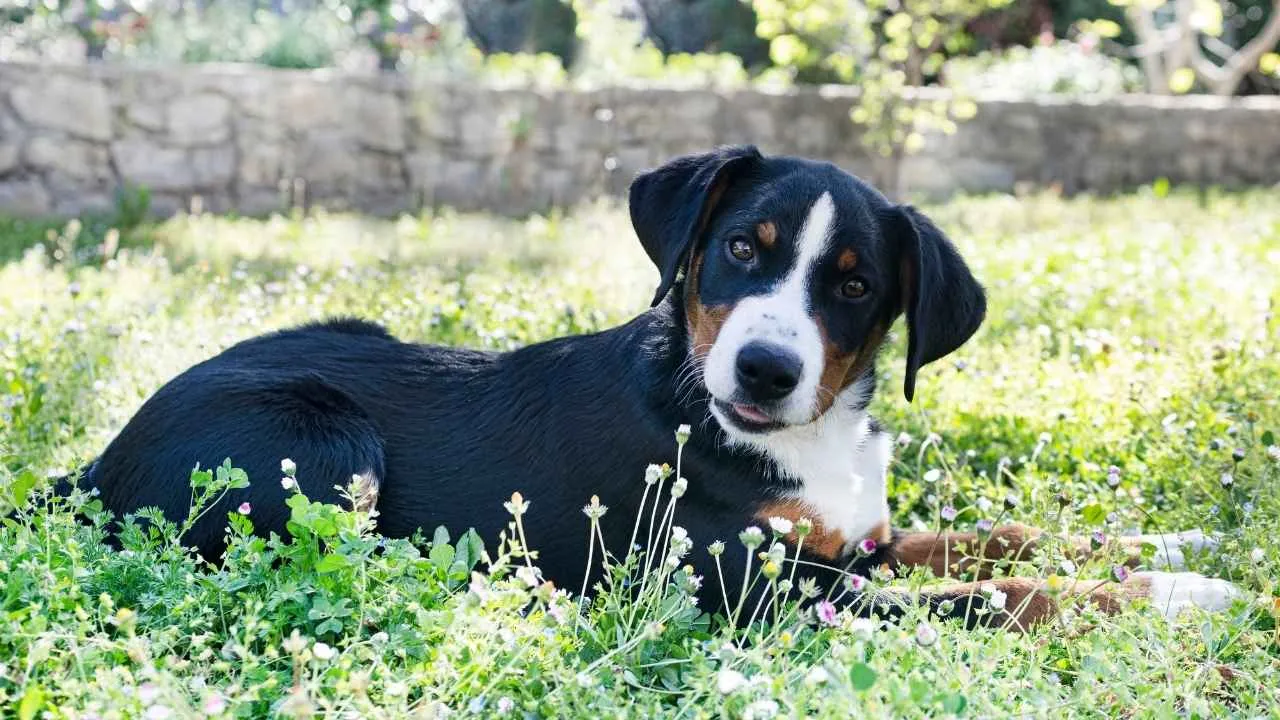
The Appenzeller wasn’t designed for the casual pet owner — it was built for rugged mountain work. Originally bred in the Appenzell region of northeastern Switzerland, this breed was trusted to guard farmyards, herd cattle, and even haul carts. Their double coat wasn’t about looks — it was a defense against shifting mountain weather and thorny alpine brush.
Intelligence backed by stamina
This dog is smart, but not in the show-off way — in the way that notices things before you do. Appenzellers problem-solve quickly and don’t need repeated commands to catch on.
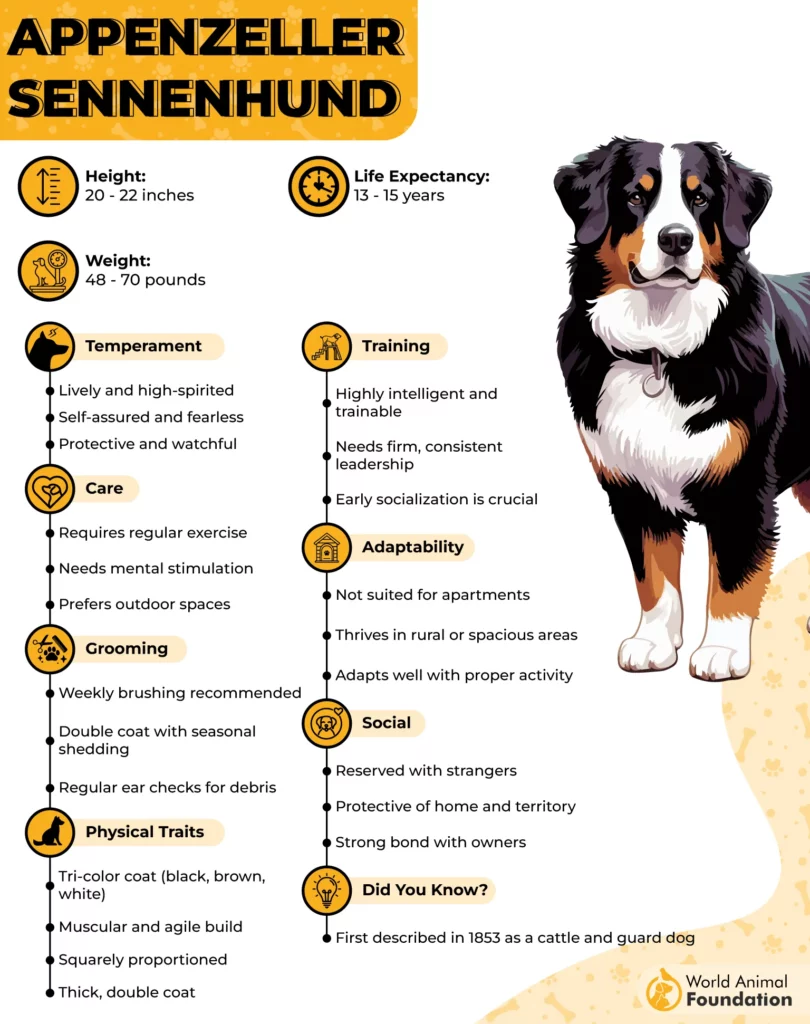
But their brain works best when it’s moving. They don’t just enjoy exercise — they need it, every single day. Running, hiking, herding — physical and mental activity must go hand in hand.
Vocal, confident, and not easily intimidated
Moreover, the Appenzeller is vocal and bold. They don’t shy away from confrontation if something feels off. This makes them incredible watchdogs — but it also means they need firm structure, clear boundaries, and early socialization to ensure their confidence doesn’t turn into stubbornness.
Best matched with experienced owners
They’re not the type to lounge all day. A bored Appenzeller becomes destructive quickly — not out of spite, but because a working dog without work finds its own job… usually one you won’t love.
Conclusion
Swiss dog breeds aren’t just beautiful — they’re built with purpose, heart, and heritage. From alpine mountain dogs bred to haul carts, to scent hounds fine-tuned for forest trails, these dogs are more than companions; they’re stories passed down through generations.
The American Kennel Club recognizes many of these breeds for their working spirit, calm confidence, and loyalty that runs deep. Whether you’re drawn to a medium-sized dog with quiet focus or a bold guardian shaped by the Alps, there’s a Swiss breed that fits your rhythm.
Some may take time to warm up to strangers, while others remain famously social. But all carry that signature Swiss resilience. Even the Swiss Kennel Club honors them not just for their looks, but for the history they hold. In the end, Swiss dogs aren’t trends — they’re timeless.


